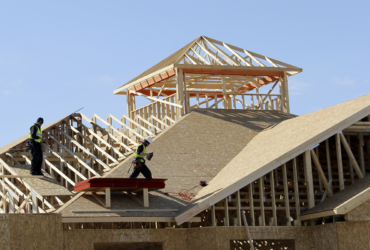Diana Olick at CNBC reports on very interesting theory put forward by Dennis McGill, director of research at Zelman & Associates. He believes the the “current supply of homes for sale is not indicative of the overall need to build more houses.” (CNBC)
- Why does he think this? McGill argues that “There is a downward trajectory of population growth, household formation as well, that’s really going to undermine the need for what’s built…”
- So then what is causing the inventory shortage? McGill’s partner Ivy Zelman argues that the market is just too hot, but this is not going to last. “There is just a massive amount of capital that’s coming to the space…We actually believe the industry is already overbuilding in single-family to normalized demand by roughly 20% and about 10% for multi-family, so we couldn’t be on more of an opposite side of where the market is and where the industry is, frankly.”
Robert Dietz, chief economist with the National Association of Home Builders, said he understands where McGill and Zelman are coming from…
- “I have seen Ivy’s thesis, and do agree population growth is slowing, and that’s a reason why the old normal (combined single-family and multifamily construction of 1.8 million starts per year) is too high,…”
Dietz, however, disagrees completely with overbuilding argument, “We need 800,000 to 900,000 single-family homes for household formation growth and another 200,000 to 300,000 per year for replacement housing and second homes,”
TYLER’S TAKE: Always be careful with long-term population predictions. Let’s not forget Pau Ehrlich’s famous 1968 book “Population Bomb” that predicted worldwide famine in the 1970s and 1980s due to overpopulation, as well as other major societal upheavals, and advocated immediate action to limit population growth. Not only did that not happen, but now experts are projecting that the era of high fertility is ending. “The change may take decades, but once it starts, decline (just like growth) spirals exponentially. With fewer births, fewer girls grow up to have children, and if they have smaller families than their parents did — which is happening in dozens of countries — the drop starts to look like a rock thrown off a cliff.” (New York Times)






Got a Questions?
Find us on Socials or Contact us and we’ll get back to you as soon as possible.